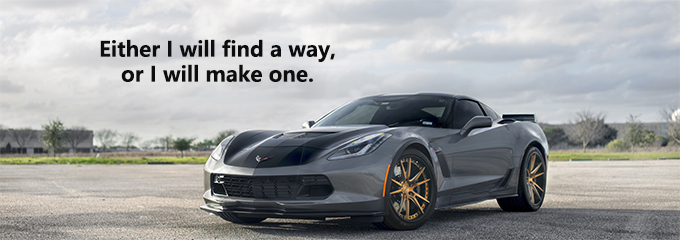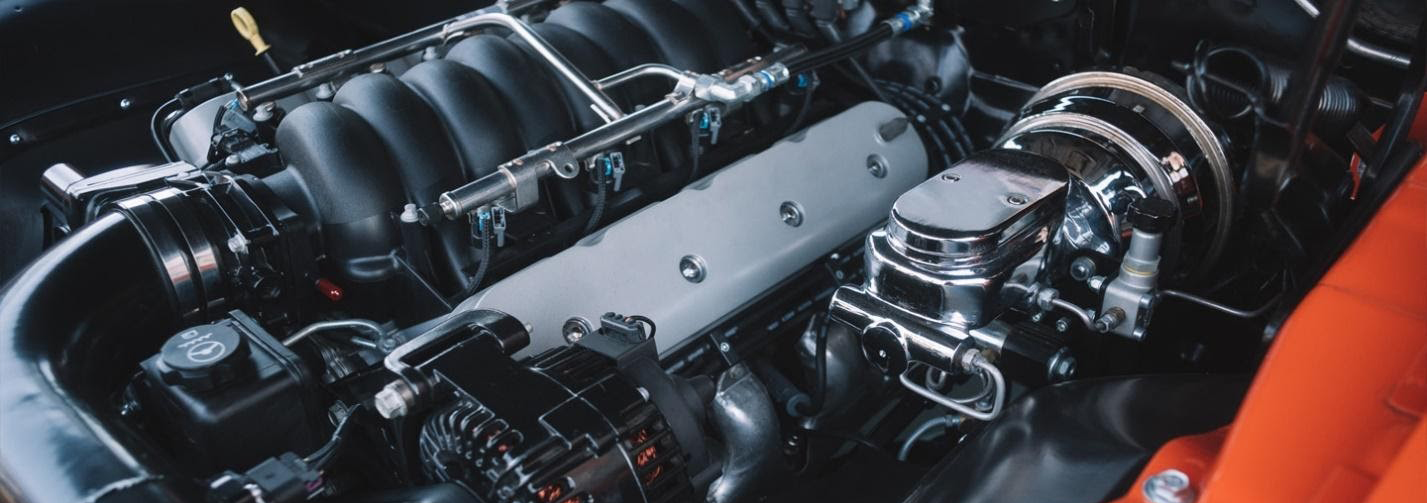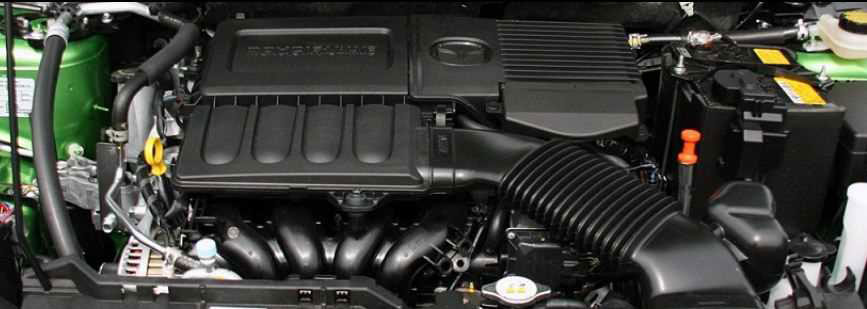
Three factors are necessary for an engine to start smoothly: compression, spark and air-fuel mixture. If one certain factor is abnormal, it leads to a hard start or even no start. Starting problems are generally divided into these two conditions. The hard start is divided into cold start problem and hot start problem.
1.2 Fuel pump and control circuits
Many factors can lead to starting problems of the EFI engine. The following issues we will talk about have several premises: Normal battery voltage and starting system, good engine compression and spark, well-performed exhaust cleaning device.
For the following reasons, engines that do not start and do not show signs of ignition are generally caused by the lack of fuel injection.
The engine speed sensor and crankshaft position sensor detect the speed signal and provide the crankshaft position signal when the engine is running. These two signals are the main basis for the control system.
If the sensors or wiring is faulty, the electronic control unit cannot receive the speed and crankshaft position signals. It will not be able to control the fuel injection and ignition timing correctly. The injector and spark plug may not work. A check with a stethoscope and timing light can confirm whether the injector and spark plug are working.

When these faults occur, the self-diagnostic system normally shows the trouble codes. We should carry out a complete check of the speed sensor, camshaft position sensor and the wiring.
First of all, disconnect the sensor connectors, and check the resistance. If the value is not normal, they must be replaced. If normal, check whether the wiring between the ECU and each sensor is normal.
1.2 Fuel pump and control circuits
If the fuel pump or control circuit has problems, there is no fuel pressure in the fuel system. Even if the injector is working properly, fuel will not be injected as usual.
During the check, connect the diagnostic plug terminals +B and FP with short wires. Then turn on the ignition switch (without starting). Check if there is no pressure in the fuel inlet hose.
If there is pressure in the hose, and a return sound can be heard, there is no problem with the fuel pump itself. Otherwise, check the fuel pump.
The resistance between terminals 4 and 5 can be measured with a multimeter. If it is not in accordance with the regulations, the fuel pump needs a replacement.
If the fuel pump is working properly, check the control circuit, including fuses, the EFI main relay, the fuel pump relay, resistors, various wiring and terminals.
The interfering factors and inspection methods for cold start and hot start problems are largely the same. As far as the mixture concentration is concerned, there are two mixture types: too lean and too rich.
The fuel supply problems can occur in fuel quality, fuel pump, fuel filter, fuel pressure regulator, cold start system, fuel injector and water temperature sensor. The air intake problems are mostly clogged air filter, leaks in the air intake system and idle speed control issues.
The fuel pressure in the fuel system directly affects the concentration of the mixture. Therefore, the pressure should be checked first. Connect the fuel pressure gauge to the fuel pipe, start the engine, and measure the fuel pressure.
The pressure regulator should be replaced if the fuel pressure is too high. If the pressure is too low, clamp the return hose. If the fuel pressure rises to a normal value, the fuel pressure regulator is damaged. Otherwise, check the fuel pump and fuel filter.
Check the fuel pressure after stopping the engine. The value should be maintained at the specified value for 5 min. Otherwise, the injector is leaking, resulting in an overly rich mixture.
When the vehicle is hard to start, the fuel pump is generally able to work normally. The problem is the blockage of the fuel pump screen. The fuel pump can not be able to suck in sufficient fuel. Or the fuel filter is not unimpeded enough to cause insufficient pressure in the fuel system.
In some models, a cold start injector enriches the air-fuel mixture during the cold start to improve engine performance. The cold start injector is controlled by a start switch and a thermal timing switch. The injection duration depends on the thermal timing switch heating coil current and the cooling water temperature.
Cold start system issues also damage the engine. The cold start injector is blocked by gum, which affects the quality of oil injection atomisation and leads to cold start problems.
The cold start injector fails to work properly. The thermal time control switch is short-circuited (contacts normally closed) or broken (normally open).
If the contact is normally closed, the cold start injector injects too much fuel when warming up. It leads to the hot start problem. The cold start injectors will never work if the time control switch has a short circuit. It leads to the cold start problem.
Faulty injector is a trouble. The injector hole can be blocked by gummy objects. Carbon deposits or poor sealing causes dripping, which leads to too small or too large mixture concentration.
The test is simple. First of all, start the engine and check the operating sound at each injector with a stethoscope. If there is no sound, check the wiring connector, the injector or the injection signal from the ECU.
Next, measure the resistance between the injector terminals with the multimeter. If the value does not match the specified value, replace the injector.
Finally, check the injection volume of the injector. The value should be within the normal range. The difference between the injection volume of each cylinder should be less than 5 cm3.
The water temperature sensor detects the temperature of the cooling water, converts it into a temperature-related voltage signal and sends it into the ECU as a basis for the ECU to correct the fuel injection.
If the water temperature sensor fails, or the wiring between the ECU is broken or short-circuited, or if the surface scale is severe, it causes a large deviation in the output signal, which will ultimately prevent the injector from increasing or decreasing the amount of fuel injected at the right time, resulting in starting problem.
Most EFI engines use the stepper motor type idle speed control valve. The ECU adjusts the energising sequence of the stepper motor solenoid coil according to the operating conditions so that the cone valve body on the stepper motor shaft is rotated in or out to adjust the opening of the bypass air channel and achieve the adjustment of the bypass air intake volume.
If the engine is hard to start, but you can start it by gently pressing the throttle, the idle speed control valve is faulty. After dismantling the valve, you may find carbon, gum sticking and oil accumulation on the cone surface of the valve body.
These things can reduce the adjustable range of the conical valve, resulting in reduced air intake and over-concentration of the mixture during cold starts.
There are large number of electrical devices in the car. Wiring harnesses and plugs cover the whole car. The car will encounter engine noise, bumps and collisions when running on the road, which leads to a broken circuit.
When pulling out the plug connector, an improper method can also easily cause a broken circuit. To check for disconnection issues, turn off the ignition switch.
Remove the ECU plug and the corresponding sensor plug, then test the resistance between the connector and the corresponding terminal of the plug. If the test result shows that the resistance is infinity, it indicates a broken circuit.

It is usually rare to disconnect the middle of the wire at the connector. Therefore, check the wire and plug connections on the sensor carefully.
At the same time, when the control system works well sometimes and works poorly sometimes, it may be due to poor contact. Therefore, when dismantling and assembling the electronic control system components, take care not to break the connections. Insert the plug firmly.
 Lauritz Carolsfeld
Lauritz Carolsfeld  March 26, 2022
March 26, 2022

